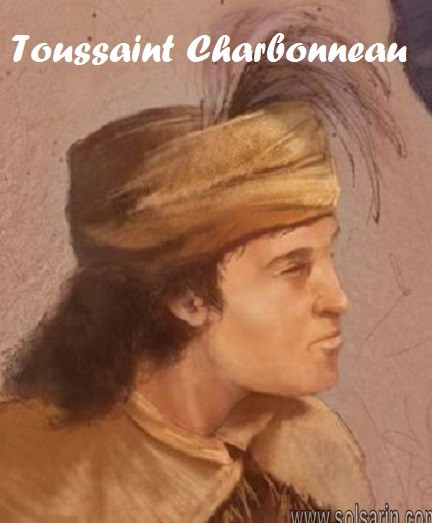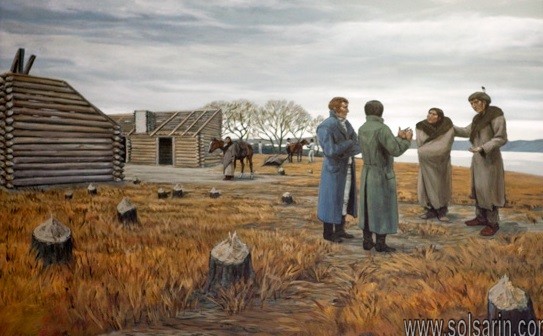Toussaint Charbonneau
Hey guys! We return with an amazing topic about biography. This topic is “Toussaint Charbonneau”. As always, read the text, share it to your friends and comment us in solsarin.
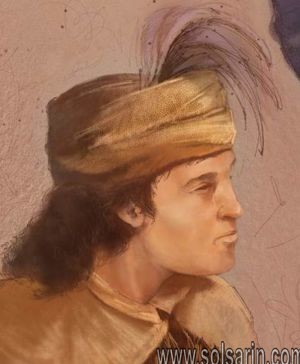

Toussaint Charbonneau
Toussaint Charbonneau (March 20, 1767 – August 12, 1843) was a French-Canadian explorer, trader and a member of the Lewis and Clark Expedition. He is also known as the husband of Sacagawea.
Parents
- Jean Baptiste Charbonneau 1735-1791
- Marguerite Deniau 1735-
Spouses and children
- Married in 1803, Five River Village, North Dakota, to Sacagawea – Bird Woman 1787-1812 with
- Jean Baptiste “Pomp” Charbonneau 1805-1866
- Lisette Charbonneau 1812-
- Married in 1803, Mandan Villages, North Dakota, to Otter Woman with
- Toussaint Charbonneau 1803-
Siblings
- Marguerite Charbonneau 1757-
- Francoise Charbonneau 1759-
- Jean Baptiste Charbonneau 1761-
- Marie Amable Charbonneau 1763-
- Marie Therese Charbonneau 1765-
Early years
Charbonneau was born in Boucherville, Québec (near Montréal) around 1759 or 1767. Boucherville was a community with strong links to exploration and the fur trade. He was of French and Iroquois ancestry. His paternal great grandmother Marguerite de Noyon was the sister of Jacques de Noyon, who had explored the region around Kaministiquia, present day Thunder Bay, Ontario, in 1688. In the late 1790s Charbonneau became a fur trader who lived among the Hidatsa and Mandan native tribes.
Charbonneau worked, for a time, as a fur trapper with the North West Company (NWC), assigned to the Pine Fort on the Assiniboine River in what is now Manitoba. The North West Company was founded to compete with the dominant Hudson Bay Company, which was an English company that employed many Frenchmen.
This company pushed west, which allowed it to trade with the Mandan and Hidatsa native tribes. John MacDonell, recorder of one of their expeditions, first noted Charbonneau in their historical journal. After several routine mentions of Charbonneau, MacDonell wrote on May 30, 1795: “Toussaint. Charbonneau was stabbed at the Manitou-a-banc end of the Portage la Prairie, Manitoba in the act of committing a Rape upon her Daughter by an old Saultier woman with a Canoe Awl— a fate he highly deserved for his brutality— It was with difficulty he could walk back over the portage.”
While living among the Hidatsa people, Charbonneau purchased or won a Shoshone girl: Sacagawea (Bird Woman) from the Hidatsa. The Hidatsa had captured Sacagawea on one of their annual raiding and hunting parties to the west. It is possible that Sacagawea had little choice in the matter, or that she chose it because it was preferable to her previous position. When he married Sacagawea in 1804.
he was already married to Otter Woman, another Shoshone woman. Charbonneau eventually considered these women to be his wives, though whether they were bound through Native American custom or simply through common-law marriage is undetermined. By the summer of 1804, Sacagawea was pregnant with their first child.
Long-Lived Frontiersman
Charbonneau was the oldest member of the Lewis and Clark Expedition’s permanent party, and he would outlive most of his fellows as he followed the rigorous life of a fur trader, guide, and interpreter. In fact, the fur trade had put him in place to meet the captains and join their expedition.
A French Canadian originally from Quebec, Charbonneau had been living and trading in Metaharta, central of the three Knife River Hidatsa villages, for the North West Company for several years. A week after the expedition arrived, Charbonneau went to meet the captains and learn what was going on. He offered his services as a Hidatsa translator, and mentioned that his two wives were Shoshones.
Almost upon their arrival, the captains learned that a Hidatsa war party was away to Shoshone country, which straddled the Rocky Mountains. They soon would conclude that a Shoshone interpreter was essential to their obtaining horses for the mountain crossing. Charbonneau’s English was shaky, but Drouillard, Pierre Cruzatte, Labiche or Lepage could convey the captains’ questions to him in French. Charbonneau then could speak Hidatsa to his Shoshone wife.
On November 4, 1804, when the captains met Charbonneau, Clark wrote, “we engau [engaged] him to go on with us and take one of his wives to interpret the Snake [Shoshone] language.” The following March, Charbonneau suddenly canceled the arrangement, having “been Corupted” by representatives of the North West and Hudson’s Bay companies visiting in the area. The captains believed that agents of these British firms would fight any assistance to Americans, into whose territory the Brits were extending trade tentacles. After six days, Charbonneau relented and returned to his job.
Life After The Expedition
Although Charbonneau returned to the Hidatsa villages, traces of the rest of his life occur in journals and records from other frontier travelers.
1812: Worked for Lisa at Fort Manuel, south of present Mobridge, South Dakota.
1814: In a reprehensible move, Charbonneau persuaded mountain man Edward Rose to join him in buying female Arapaho captives from the Shoshones and selling them to trappers at upper Missouri posts.
1816: Traveled with traders to the upper Arkansas River, where he was captured by the Spanish and imprisoned at Santa Fe for forty-eight days.
1823: Worked for Joseph Brazeau, heading toward the Mandan villages. Warring Arikaras ultimately diverted Charbonneau to Lake Traverse, near the South Dakota—Minnesota border.
1832: Interpreted for Prince Paul of Wurttemberg, Germany, when the Duke and his entourage toured the upper Missouri country. On this trip, Paul befriended Jean Baptiste Charbonneau, which resulted in the young man spending eight years in Europe as a guest of the Prince.
1833: Interpreted for Prince Alexander Philipp Maximilian of the Prussian principality Wied-Neuwied, whose upper Missouri traveling party included the artist Karl Bodmer. The prince wrote: “Charbonneau was absent again. This 75-year-old man is always running after women. Charbonneau was still in his sixties, but blamed a life lived outdoors for his weathered appearance.
1834: Fort Clark trader F.A. Chardon recorded that “Old Charbonneau” cooked the Christmas Eve supper of “Meat pies, bread, fricassied pheasants[,] Boiled tongues, roast beef—and Coffee.” Chardon was factor, or superintendent, of this American Fur Company post that served the nearby Mandan and Hidatsa villages.
1838: His latest wife having died the previous year, Charbonneau took a fourteen-year-old Mandan bride.
1839: Superintendent of Indian Affairs (and former fur trader) Joshua Pilcher recorded that Charbonneau arrived in St. Louis from the Mandan villages, “1600 miles” away, “without a dollar to support him” and seeking pay for his work as a government interpreter among the Mandans.
In 1837 the Mandans had been decimated by a smallpox epidemic that also killed about half of the Arikaras. Surviving Mandans had moved away from Fort Clark to the Hidatsa villages on Knife River.
Toussaint Charbonneau survived into his mid-seventies, outliving his friend William Clark, who died in 1838. A legal document from 1843 shows that Jean Baptiste Charbonneau was to receive $320 “from the estate of his deceased Father.”
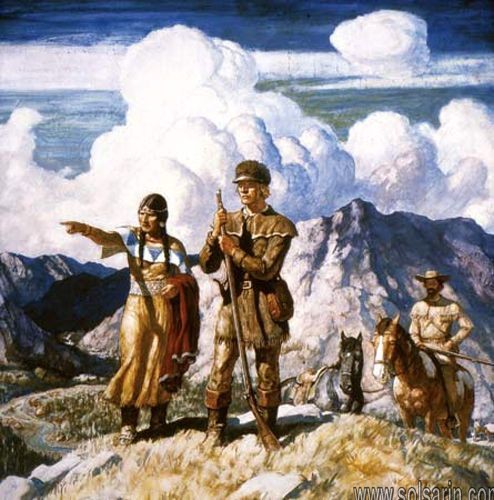

When did Toussaint Charbonneau join the Lewis and Clark expedition?
Toussaint Charbonneau played a brief role in Oregon’s past as part of the Corps of Discovery, the historic expedition led by Meriwether Lewis and William Clark in 1804-1806.
Why was Toussaint Charbonneau important to the Lewis and Clark expedition?
After working for the Missouri Fur company he took employment with competitor American Fur Company. Clark became Superintendent of Indian Affairs and hired Charbonneau as an interpreter for government officials, explorers and visiting dignitaries such as Prince Maximilian of Wied, Germany.
Who joined Lewis and Clark on their expedition?
Sacagawea. While at Fort Mandan, Lewis and Clark met French-Canadian trapper Toussaint Charbonneau and hired him as an interpreter. They allowed his pregnant Shoshone Indian wife, Sacagawea, to join him on the expedition.
Who was Charbonneau wife?
Sacagawea. 1804–1812; Toussaint Charbonneau/Wife
Death
While his exact death date is not known, Charbonneau probably died in 1843, because that is the year Jean-Baptiste settled his father’s estate. It is generally accepted that he died and was buried in Fort Mandan, North Dakota, but some believe he is buried in Richwoods, Missouri with a headstone marked “Toussaint Charbonneau, 1781–1866” [sic]. While these dates are wrong, people in Richwoods claim to be descendants of Charbonneau.
Why is Sacagawea important?
So why is Sacagawea an important American to know? She was instrumental in the Lewis & Clark Expedition as a guide as they explored the western lands of the United States. Her presence as a woman helped dispel notions to the Native tribes that they were coming to conquer and confirmed the peacefulness of their mission.
How is Sacagawea a hero?
Sacagawea is a hero because throughout her life and the Lewis and Clark expedition, she has shown exceptional bravery and selflessness. … Her bravery is what lead her through these rings of fire and made her the person she was. This Native-American women had strong roots, her bravery being built up her whole life.
Was William Clark a captain?
William Clark was not actually a Captain in the Corps of Discovery, at least in the eyes of the U.S. Army. While Meriwether Lewis had requested that Clark be reinstated in the military in 1803 as a Captain, his request wasn’t granted and Clark was officially commissioned as a Lieutenant.
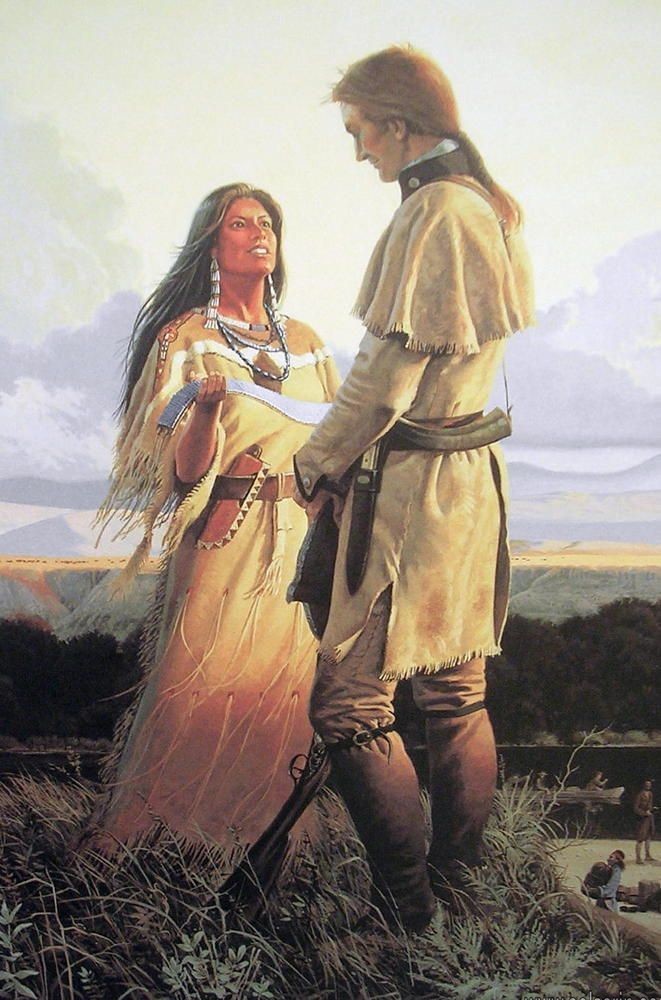

What happened to Sacagawea’s son Jean Baptiste Charbonneau?
Jean Baptiste mined for the next decade. When gold became scarce he found occupation as a hotel manager at the Orleans Hotel. In 1866 he left Auburn to the newly discovered mines in Montana. On his way he fell ill and on May 16, 1866 he died of pneumonia.
Did Sacagawea’s husband go on Lewis and Clark?
Unsourced material may be challenged and removed. Toussaint Charbonneau (March 20, 1767 – August 12, 1843) was a French-Canadian explorer, trader and a member of the Lewis and Clark Expedition. He is also known as the husband of Sacagawea.
